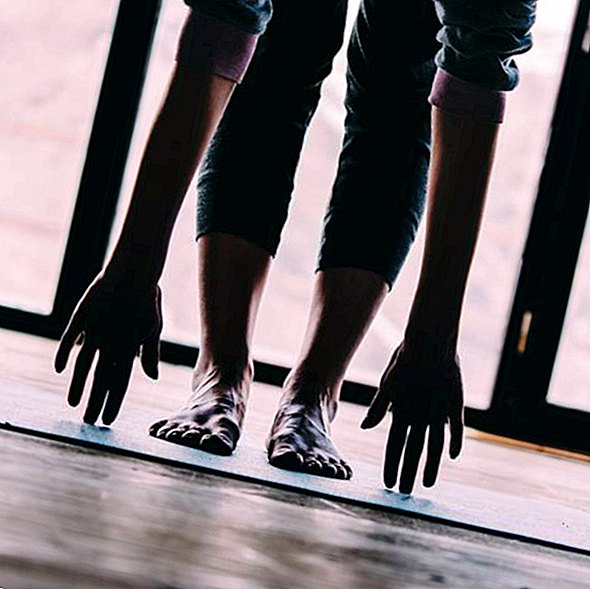Test: Do you have shortened muscles?

With our four exercises, you can find out in a few minutes where you have shortened muscles. Neck pain, knee problems or a changed gait - in the best case, you can relieve these discomforts with the right stretching exercises or completely rid of them. Typical problems with shortened muscles are the neck and chest muscles, lower back, hip flexors and legs. The great thing about our self-check: You can use one and the same exercise to find the shortening and stretch the affected muscles.
Self-check: Do you have shortened muscles?
With these four self-checks, which are also good stretching exercises, you can find out if your muscles need more length. The areas for which you answer "no" to the test questions should be stretched three to five times a week.
Shortened muscles: neck

Can you clearly see a pen that someone behind your back, at shoulder height, keeps at a finger's distance from the spine as you turn your head right and left?
Shortened Muscles: Leg Back

In the supine position, can you stretch one leg at least vertically with both hands, when the other leg is stretched out on the floor? Both sides test!
Shortened Muscles: Lower Back

When lying on your back, can you place your right-angled legs loosely on either side of your knees with your knees closed, without loosening your shoulders (both arms bent at right angles to the floor)?
Shortened muscles: hip flexors

If you are lying supine on a table, can you lower a thigh with a hanging lower leg at least to the horizontal when you pull the other knee to your upper body with both hands? Both sides test!
Shortened Muscles: Do Athletes Always Stretch?
What many recreational athletes do not know: "Not everyone has to stretch in principle"says Dr. Christiane Wilke from the Center for Health of the German Sport University Cologne. "There are studies in sports science that say that healthy people do not make a difference, whether they stretch or not, but it always makes sense to relieve tension and shortening, so that there are no other problems, such as the neck or knee problems mentioned Twice 15 to 20 seconds of holding time are enough - with muscle shortening and tension it should be twice 30 to 60 seconds.
Tip: Combine stretching with strengthening because often tension is a consequence of weak muscles. However, women who are prone to hypermobility, who often fold over or elbow and knee joints, are more likely to stretch than stretch. Your joints, ligaments and tendons are already too loose and thus vulnerable to injury.
Stretching: holding or rocking?
With static stretching, you hold one position unchanged; in the dynamic version, you feather gently and slowly move deeper into the end position. "Many studies show that the effect is the same for all methods"says Dr. Wilke. Nevertheless, beginners should stretically stretch at first, as they often mistakenly relax their muscles rather than feel this difference while holding them. It is right if the slight pulling in the muscles diminishes after a while.
Stretching: Before or After?
Stretching during warm-up is essential only for sports such as gymnastics or jazzdance, because the muscles have to be flexible. If speed and power are required, for example in volleyball or brisk speed runs, you should first stretch dynamically to gain the necessary muscle tension. For most sports stretching after training is sufficient. Just as much brings a varied sport. He also makes sure that we do not become stiff and inflexible. However, stretching is indispensable after strength training in order to avoid shortening in the long term. Tip: Stretch dynamically after training - this speeds up recovery.
Video Recommendation:











